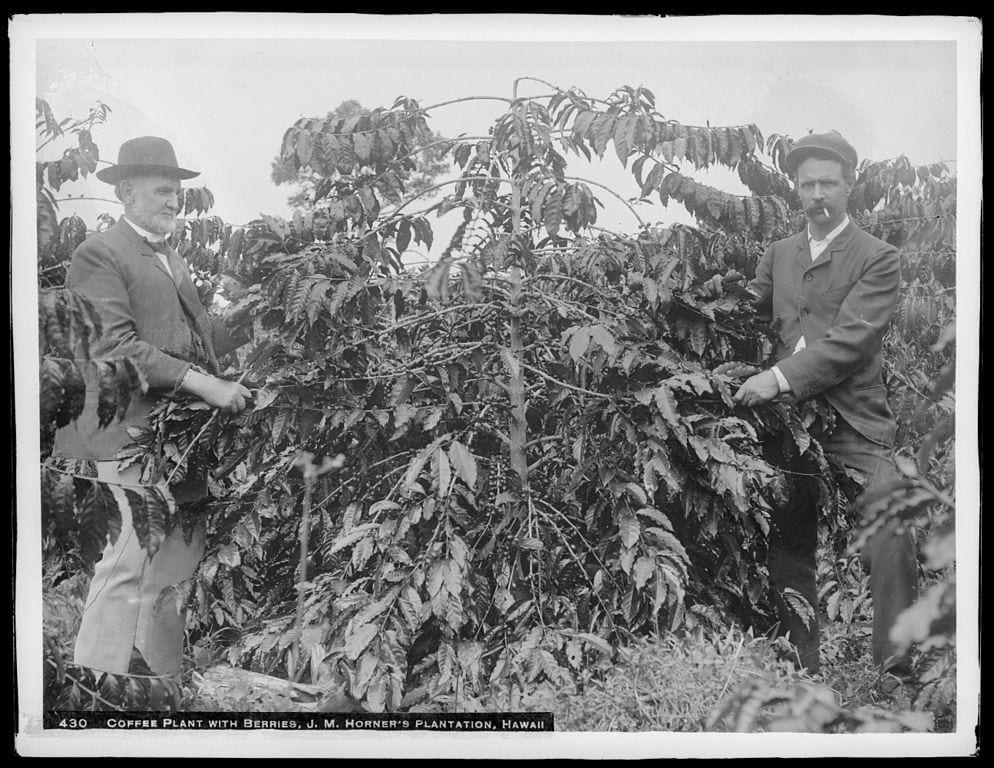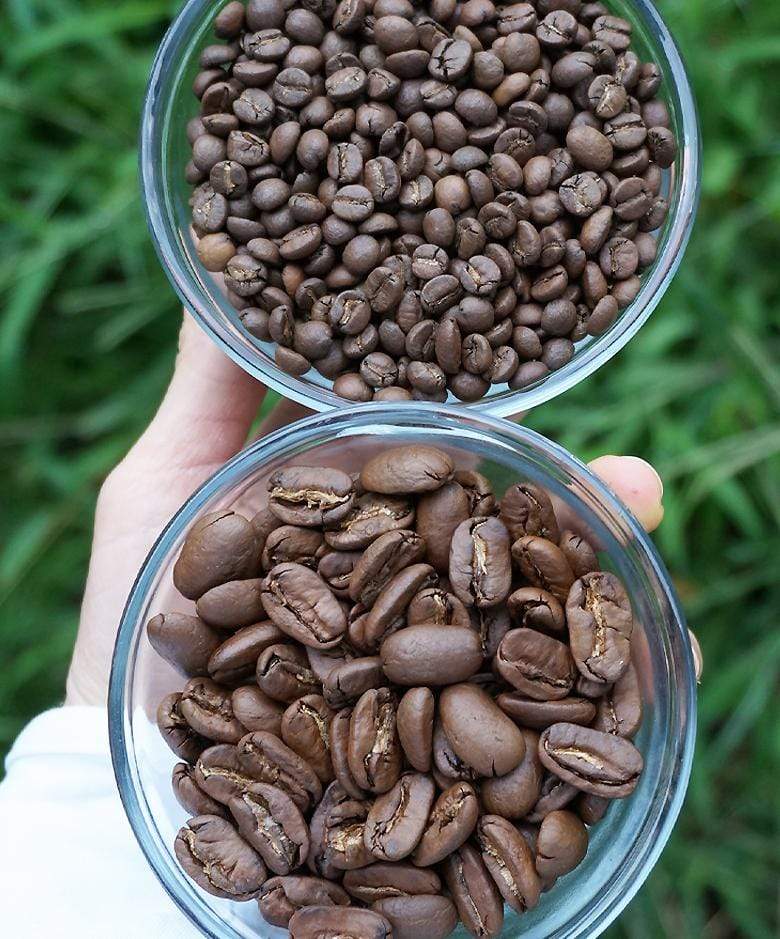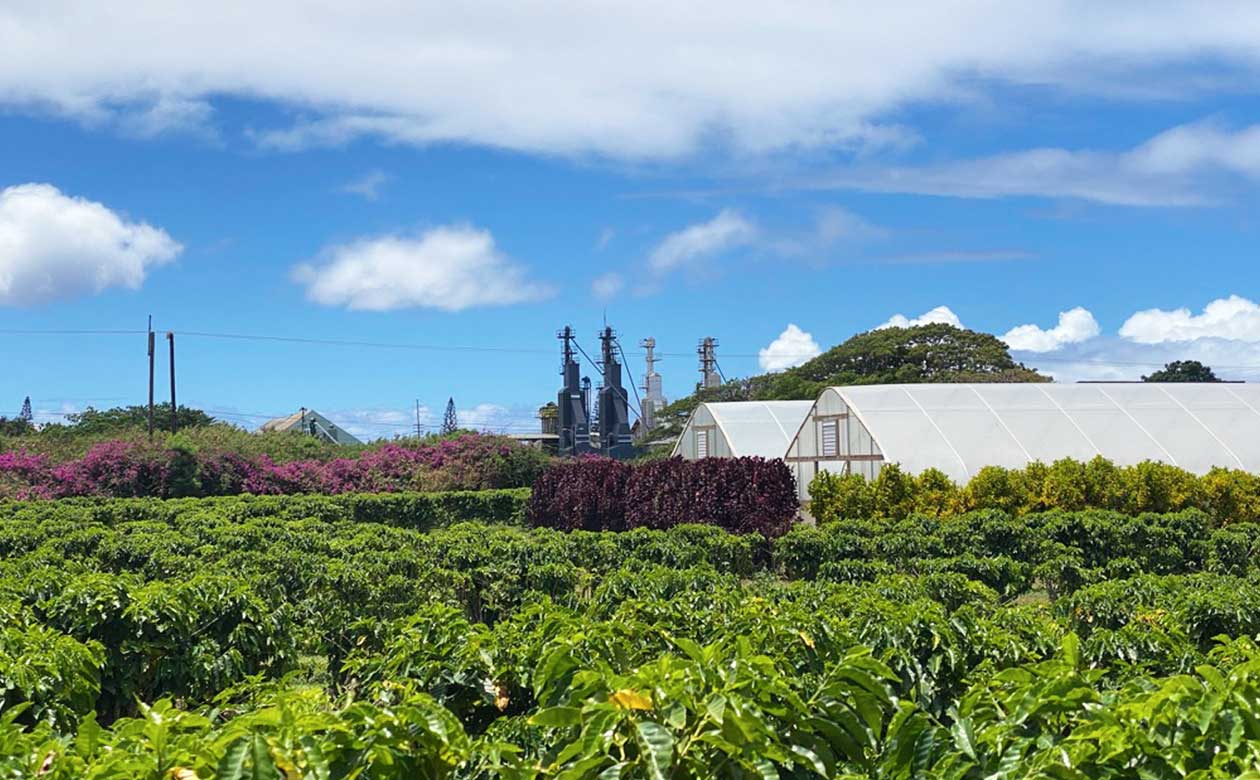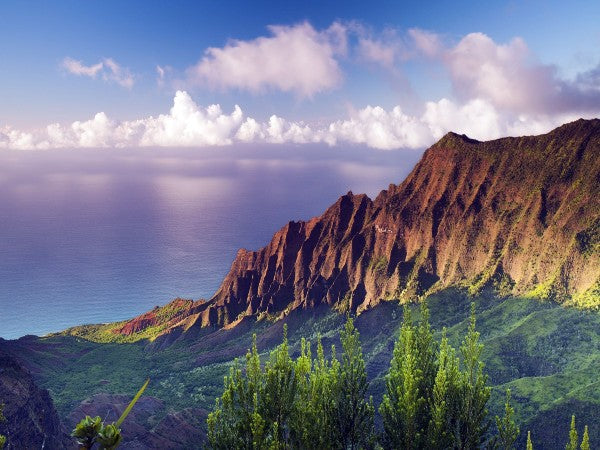When you think of Hawaiʻi I am sure that the images that come to mind consist of its beautiful landscape, vibrant and rich culture, and amazing food. Yet, there's another aspect of the Hawaiian Islands that has become an integral part of its identity - coffee. Coffee first arrived in Hawai’i around 1820 when it was introduced to the islands by Spanish explorers. The first known plantings were in Manoa Valley on Oʻahu, though those plants did not take very well.
In 1828, coffee landed on the Big Island and was first planted in the Hilo area. It made its way across the island to Kona's unique microclimate, with its sunny mornings and misty afternoons, proving ideal for growing coffee. The plants thrived in the volcanic soil and tropical climate, setting the stage for Hawaiʻi's future as a coffee-producing paradise. While Kona coffee remains the most famous, other regions of Hawaiʻi have also made their mark in the coffee industry. Maui, Kauaʻi, and other islands produce unique coffee varietals, each with its own distinct flavor profiles and characteristics. 
The coffee industry in Hawaiʻi faced its fair share of challenges over the years. Devastating pests, such as the coffee borer beetle, threatened crops. World events, like the two World Wars, also affected coffee production and export. Despite these obstacles, Hawaiʻi's coffee industry persisted, evolving and adapting. In the late 20th century, a coffee renaissance swept across Hawaiʻi. Small, family-owned farms and artisanal roasters began to emerge, prioritizing quality over quantity. This movement brought a reinvigorated focus on the unique flavor profiles of Hawaiian coffee, leading to its premium status in the coffee world. In recent years, Hawaiʻi's coffee industry has also embraced sustainable and environmentally friendly practices. Many farms are now certified organic or use responsible farming techniques to protect the islands' delicate ecosystems. 
Today, there are more than 650 coffee farms in Kona covering a mere 20-mile stretch along the slopes of Hualalai. With this overpopulation of coffee producing farms we chose to produce our Kūliʻa and Hōʻano Roast Coffee on the Garden Isle of Kauaʻi. Our 100% single source Hawaiian Volcanic Coffee is grown exclusively on the lower slopes of the ancient Mauna of Wai'ale'ale. 
That magnificent mountain receives an average annual rainfall of 460 inches per year. This bounty of rain carved the emerald ridges of the Nā Pali Coast, and steep walls of the Waimea Canyon, provides water to our Coffee farm. This abundant mountain rain is also mineral-rich and naturally alkaline thanks to the lava rock and volcanic soil it filters through. 
We know that not everyone can make themselves a cinnamon honey oat milk latte with our Kūliʻa Roast Kauaʻi Coffee, although we highly recommend it, so we came up with another way to get our coffee to you. We have officially launched our Ready To Drink (RTD) in two flavors: Polynesian Vanilla and Mauna Mocha.

This refreshing beverage is severed with nitro to reduce bitterness and give a creamy foam. This combined with the rich flavor of premium coffee and the smooth taste of Polynesian Vanilla or the rich and decadent taste of chocolate, will give you a truly indulgent experience.
